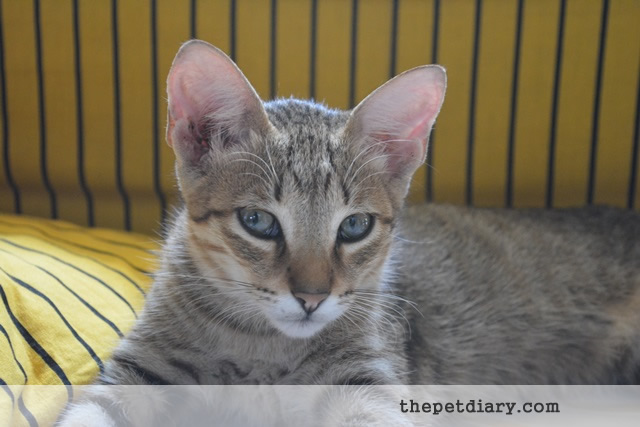Which Dog Breed is Most Suited to Your Lifestyle?
People from all walks of life can own a furry friend, but selecting the most suitable breed for your lifestyle is key to a healthy and nurturing relationship. Introducing a dog into your family and your life, no matter how you live, is a significant decision worth strong consideration. Once you’ve made up your mind that a dog is exactly what you need and you understand the cost of owning a dog, it’s time to figure out exactly which breed will work best for your lifestyle. Here are a number of pointers to help you with the decision.
How do you live?
You’re introducing a highly interactive pet that requires some adjustment on your part. Some changes need to be done to accommodate the furry friend and make them comfortable in their new home. If you have children, minding their needs and what they would want in a dog is important, which is especially critical if you have other pets and a number of children in the family.
Also consider your health and that of your household and whether there’s anyone with allergies. In such a case, hypoallergenic canine breeds will work well with your family. A low-shedding breed is perhaps what you want. Whatever the size of your household dog, ownership demands some responsibility such as making plans to feed the pet when you’re away for a number of days.
Dog size
Some people want a little, cute, lap dog easy to move around with. Others want a medium to large dog breed. If you’re not really sure what size to choose. perhaps a medium-sized furry friend will do? With size also come some concerns you need to be aware of. Small dogs can be excellent pals but they are also vulnerable and delicate. It’s easy to mishandle them, so they might require more time and energy. At times, low temperatures affect small dogs, so you’ll have to keep them warm in cold weather.
For medium to large dogs some, space to play and run is especially important. A large, happy and playful dog wagging its tail and moving all over the house can suffer tail or paw injury. Household items will also be in constant threat of damage in small household spaces with large dogs. Also don’t forget that large dogs need more food. The expense can be exponential when you consider medical and health checkups, dog supplies, and quality diet. Large and giant dog breeds can be perfect lap dogs while small but once they’ve grown in size they’ll require some training.
Breed
Most people don’t mind mix breeds, while others simply love how specific canine breeds carry themselves or look. At times what you have heard, seen, or read about specific breeds makes you adore them. If your heart is set on a purebred, take a step further and find out as much as you can about it. Each comes with its share of challenges and responsibilities in terms of health, grooming, size and temperament. If the purebred characteristics and traits fit perfectly with what you’re looking for, lifestyle or family, by all means go for it.
You can also consider mixed breeds if you’ve no qualms about them. Perhaps, the fact that the mix of various dog breeds gives them unique physical attributes and personalities that you like.
It’s not easy to know for sure how your puppy will turn out once they’re all grown up. Challenges such as health issues are unpredictable. However, it’s agreed widely that in contrast with purebred dogs, mixed breeds usually have fewer health complications.
Energy levels
Know the energy level you would like in your dog right from the beginning. Most high-energy canine breeds are active and ready for activity. Some were bred as retriever dogs, sledge pullers, or herder companions and their stamina is evident. If you choose such a breed, be ready to stimulate it mentally and physically. These are dogs that spend most of their day moving around, investigating their surroundings, actively playing, and jumping about.
On the other hand, a dog with low energy might be what you need. An archetypal couch potato of a dog can spend most of its day dozing and doing absolutely nothing. As you select the best dog breed for your lifestyle think about your unique lifestyle, level of activity, and whether an over-active, energetic, and cheerful dog is what you’ve in mind or you find that bothersome.
Novice owners
If you’ve never owned a dog before, consider breeds suitable for novice dog owners. These include canines easier to handle and train that are friendly and easygoing. A dog flexible and robust enough to move on about its activities even with the mishaps of a novice dog owner is a perfect choice. First time dog owners should avoid independent minded dogs, highly sensitive canines, and emphatic breeds, as they can be quite a handful.


